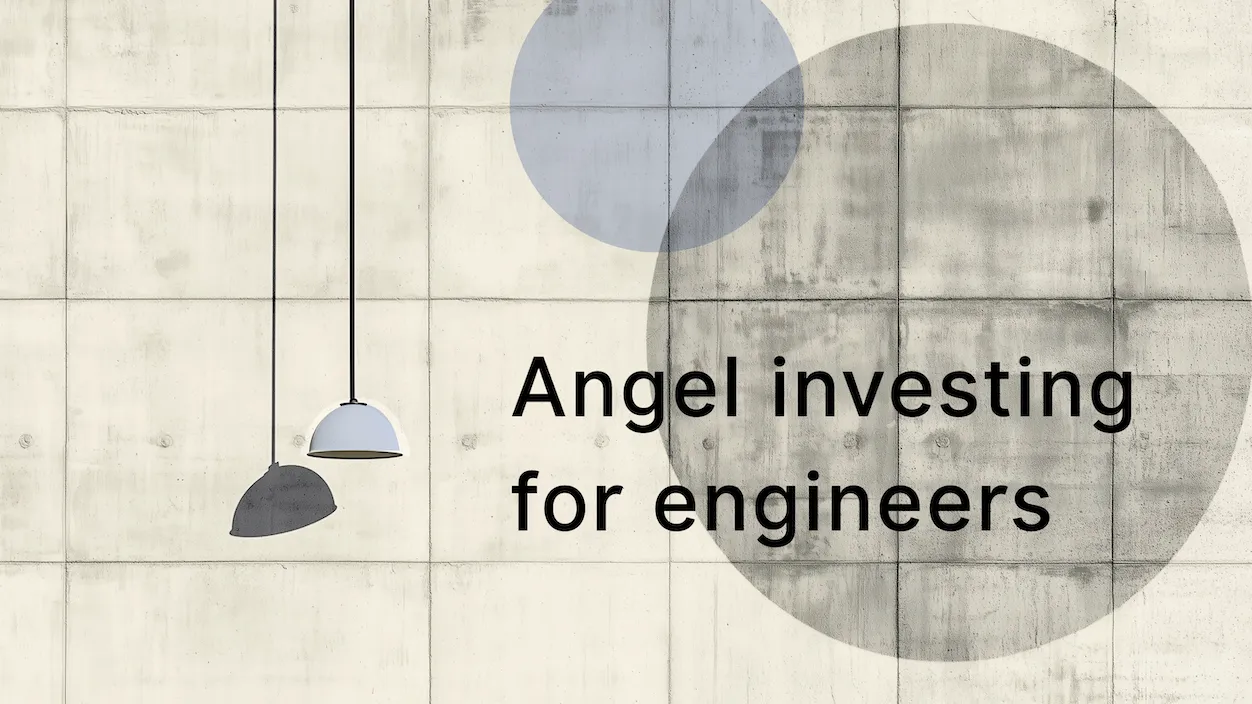
Are your free trials converting poorly and wasting your team’s time? Your own desire to be flexible with customers could be to blame. Without a clear understanding of what will trigger a sale, you may find yourself managing endless extension requests from customers with low usage.
Drawing a hard line about who’s involved on the buyer side and when a trial will end can actually make it easier to close deals.
We asked enterprise giant Palo Alto Networks’ Director of Business Development Max Stevens to share his playbook for product trials with our portfolio as part of SignalFire’s Sales Mastery series. Here are his top strategies for designing trials that lead to sales:
Key takeaways:
- Identify and engage the ultimate decision-maker to align on goals and budget.
- Set clear success criteria up front to avoid open-ended “science projects.”
- Establish firm timing and milestones for when trials will end or convert.
- Provide an ROI statement and unambiguous questions to reach approval from the economic buyer.
Ensure economic buyer participation
If your champion can’t sign the deal, it doesn’t matter if they’re impressed. You need the economic buyer who makes the final decision involved early and throughout the trial, not looped in at the end with insufficient information.
Here's how to secure their input for a focused trial.
Identify the economic buyer
- Ask specific questions like, “What’s the process for your company to make a purchase? Do you actually sign the last signature? How many signatures are there? Who signs the last signature? Let’s get them involved in the process.”
- If nonbuyers are involved, determine who will be your internal champion—the person who can identify other stakeholders and keep communication flowing.
Insist on buyer involvement
- Clearly state that the buyer’s engagement is required for you to provide the free trial. If there’s pushback, explore why and resolve concerns.
- Stick to your proven sales process to avoid wiggle room for exceptions. “If you want the free trial, we also need this information and this communication cadence.”
- Unwillingness to connect you with the buyer is a red flag that the customer may not be a serious prospect and just wants a free product.
Define success criteria before starting the trial
Succeeding at the wrong thing is worse than failure—it’s a massive waste of resources. Ensure both parties are clear on what will trigger a sale.
Agree on goals and metrics
- Collaborate with your champion to document objectives, such as user activation, usage frequency, or performance benchmarks for a well-structured trial.
- Confirm that the criteria align with the economic buyer's organizational goals, not just those of the end users.
- Link criteria to a purchase—not just trial extension—by asking, “If we meet these, will we move to a purchase?” If not, find out why.
 |
Set firm timing and deadlines
What’s the incentive to pay if the trial can go on forever? Lay out a calendar of check-ins and a date for the final decision.
Map milestones
- Based on the buyer's goals and resources, outline key milestones, including specific deadlines for trial duration, integration, participant availability, and evaluation. Don't start a trial without an explicit end date.
- If the buyer aims to deploy by a certain date, calculate backward to set interim deadlines.
- Get the buyer's written sign-off on the timeline to ensure stakeholder alignment.
Plan for delays and missed milestones
- Secure permission for check-ins early on to keep everyone accountable by saying, “Hey, I understand this may not become a priority. If I notice that people aren’t logging in or testing the product as we agreed upon, may I come back to you to get us back on track?”
- Quickly regroup with stakeholders if targets are missed and re-establish your process and timeline.
- Incorporate buffer time and remain adaptable if the buyer maintains engagement.
Close directly with the economic buyer
Eliminate ambiguity by meeting with the economic buyer at the end of the trial to get a final decision or specific criteria for getting there.
Present your ROI statement
- Share the measurable positive impact on your agreed-upon metrics and how you satisfied the success criteria.
Get clarity on the final decision
- Ask direct questions such as, “Is there anything more we need to do to earn your business, or have we done enough?”
- Aim for explicit steps to finalize the deal. “If we drive X sales again this month, will you buy?”
- Create a sense of urgency by saying, “In order for us to hit both of our goals, we need to reach a decision by X date.” You may need to be assertive to get buyers to pay for what they‘ve been getting for free.
Be willing to cut the disengaged
Each minute you spend dragging along a tuned-out prospect is a minute you miss closing a customer who’s genuinely interested. Don’t be afraid to conclude trials and refuse extensions for potential buyers who won’t follow your process and give your product a real shot. By following these design guidelines, you can use free trials as an effective tool to close more deals and create more predictable revenue.
*Portfolio company founders listed above have not received any compensation for this feedback and may or may not have invested in a SignalFire fund. These founders may or may not serve as Affiliate Advisors, Retained Advisors, or consultants to provide their expertise on a formal or ad hoc basis. They are not employed by SignalFire and do not provide investment advisory services to clients on behalf of SignalFire. Please refer to our disclosures page for additional disclosures.
Related posts

Angel investing 101 for engineers


